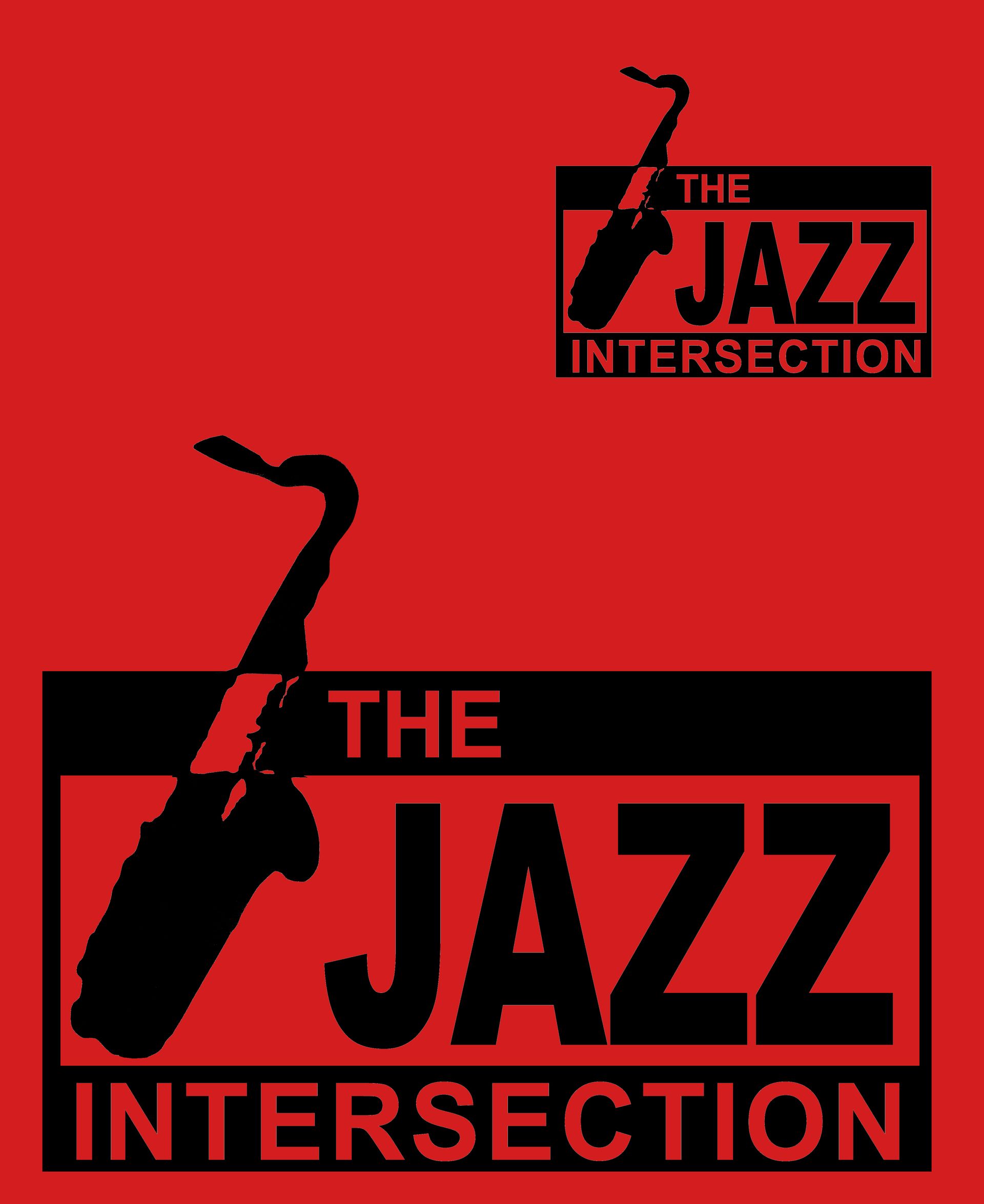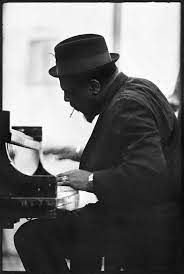Stage Fright:
Unveiling the Charismatic Struggles of Jazz Musicians
Introduction:
"Jazz Anecdotes" by Bill Crow offers a captivating glimpse into the world of jazz, showcasing the experiences, stories, and challenges faced by the remarkable musicians who have shaped this genre. In Chapter 7, titled "Stage Fright," Crow delves into the intriguing topic of performance anxiety that plagues even the most seasoned jazz artists. From heart-racing moments to overcoming the fear, this chapter reveals the vulnerability behind the charismatic facade of jazz musicians.
Understanding Stage Fright:
Crow begins by shedding light on the universality of stage fright, emphasizing that it affects musicians of all levels and backgrounds. Whether it's a young musician stepping onto a stage for the first time or a seasoned professional with decades of experience, the anxieties associated with performance can be both debilitating and exhilarating. Jazz musicians, in particular, face unique challenges due to the spontaneous nature of the genre, where improvisation plays a significant role.
Anecdotes from Jazz Greats:
To illustrate the impact of stage fright on jazz musicians, Crow shares insightful anecdotes from various jazz legends. These stories highlight how even the most iconic figures have grappled with nerves and insecurities before stepping onto the stage. For example, saxophonist Benny Golson recounts the butterflies he felt every time he performed, even after years of success. Pianist Marian McPartland shares her experience of struggling with stage fright early in her career, leading her to develop various coping mechanisms to combat it.
The Strategies and Rituals:
In this chapter, Crow also explores the coping strategies and rituals employed by jazz musicians to alleviate stage fright. These range from physical exercises to mental preparation techniques. Some musicians find solace in rituals such as meditation, deep breathing, or visualizing successful performances. Others rely on physical activities like stretching or pacing backstage to release nervous energy. Crow emphasizes that each musician develops their unique approach, often refining it over time to find what works best for them.
The Transformation on Stage:
Despite the challenges, Crow highlights how jazz musicians often experience a transformation once they step onto the stage. The adrenaline rush, the connection with fellow bandmates, and the interaction with the audience can help musicians transcend their fears and immerse themselves fully in the music. This transformation is not only visible in their performances but also in the stories they share, where they express a sense of liberation, joy, and catharsis that can only be experienced through live jazz.
Lessons and Inspirations:
"Jazz Anecdotes" Chapter 7 concludes with valuable lessons and inspirations gleaned from the anecdotes shared. Crow emphasizes that stage fright is not something to be conquered entirely but rather a natural part of the creative process. Musicians are encouraged to embrace the nervous energy as a catalyst for artistic growth and exploration. By acknowledging the shared experiences of renowned jazz musicians, aspiring artists can find solace in knowing that they are not alone in their struggles.
Closing Thoughts:
"Jazz Anecdotes" by Bill Crow offers a fascinating exploration of the human side of jazz, unraveling the emotions, vulnerabilities, and triumphs that accompany the art form. Chapter 7, "Stage Fright," dives into the universal fear faced by jazz musicians, reminding us that even the most extraordinary talents have their own battles to overcome. Through the anecdotes and insights shared, readers gain a deeper appreciation for the courage and resilience exhibited by jazz musicians as they navigate the electrifying world of live performances.

